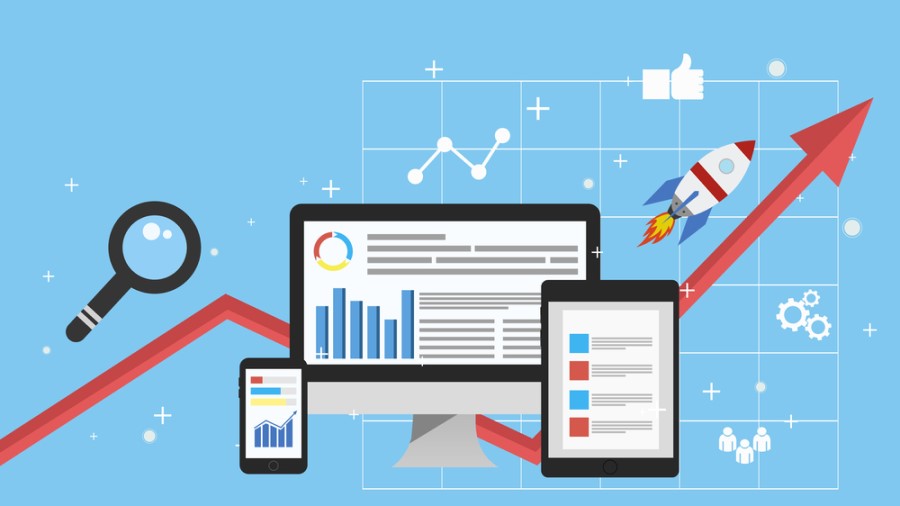Ways to use employee data to drive better wellbeing – three key trends

The nervousness around use of personal data
Data is something of a dirty word in the world at large at the moment, with many still reeling from the revelations around the Cambridge Analytica scandal.
For those who don’t know, political marketing company Cambridge Analytica has been accused of using dirty campaign tricks and collecting more than 50 million Facebook user profiles with the help of a Cambridge University researcher called Aleksandr Kogan, and his personality quiz called “thisisyourdigitallife”. The quiz claimed to be a research experiment to be used by scientists to build psychological profiles. However, a portion of this data was used by Cambridge Analytica to build “psychographic” models, which were applied to influence American voters.
Essentially, 270,000 people who took a Facebook quiz to simply pass the time were providing detailed information to be used by political campaigns to try and manipulate their voting intentions in the future.
Data has also become a touchy subject for companies themselves, especially in the wake of GDPR. Many of you will have received a document detailing what data your employer holds about you and what they might use it for.
Employers hold huge amounts of employee data on their employees, however, many employers don’t understand how to get the most out of this data and how it can have a positive impact on the overall employee experience.
Information such as when someone joins work, finishes a job, gets married, has children or receives a pay rise, is incredibly useful to employers to encourage employees to take beneficial actions – even when they are too distracted by their daily lives to recognise that they need to do so.
When it comes to companies using employee data for ‘the greater good’ there are three key trends to be aware of.
1. Personalised communications
Most of us are well intentioned when it comes to our personal wellbeing, however life frequently just seems to get in the way and other aspects become priorities. The application of data to drive communications is nothing new, in fact, it has been used in the world of marketing for years.
To successfully apply this in the workplace, it is important to use the data you have available to you and profile your employees. This allows for targeted communications to be sent to the segments of your workforce that will best receive them, in a method they prefer. Offering personalised communications that engage, educate and empower is a simple and easy win for staff and will help reinvigorate usage of any corporate wellbeing programme.
2. Bespoke content
Usage data is key when it comes to engaging employees with their wellbeing offering. A good platform will allow employers to pin point which areas of their wellbeing offering are resonating with employees and which aren’t getting the attention that they deserve. Effective usage of this data will allow for the creation of a truly bespoke wellbeing solution, which can evolve and develop over time.
If you become complacent about your wellbeing initiatives, your staff will too. Make sure to continue updating your employees on new additions to the programme and highlight services in the existing offering to help drive continued usage. The world of work is constantly evolving, so make sure that your benefits offering follows suit.
3. Instant solutions
Sometimes it is difficult for senior managers to accurately gauge the opinions of staff, as their ear isn’t as close to the ground as other employees and their peers. Staff may also feel reluctant to share feedback face-to-face. Annual surveys are a traditional way to get feedback, but sometimes by the time you receive the feedback it could be too little, too late. Incorporating a quick survey into your regular comms or sending pulse surveys to employees’ phones are great ways to get in the moment feedback with regards to how they are feeling about their health and wellbeing programme, or even just how they feel in general.
These are just some of the reasons why data is considered one of the most important aspects of a successful health and wellbeing programme. The data gathered by employers is useful in so many ways, from using it to tailor staff communications to implementing in the moment solutions to wellbeing issues.
This article was provided by Personal Group.
Personal Group is sponsoring REBA’s Innovation Day, taking place on 22 November at County Hall, London.
In partnership with Personal Group
Personal Group provides the latest employee benefits and wellbeing products.







